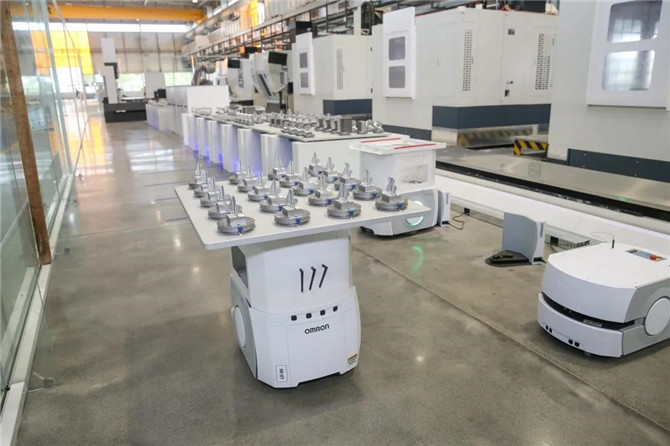New infrastructure to bring changes in China, Yunnan
China is accelerating the construction of "new infrastructure," which is expected to bring new drivers for the economy, especially in sectors like new consumption, new manufacturing and new services.

So what's the new infrastructure? What is in store in it? And who will fund the buildup? Follow us for the answers and more.
What’s the new infrastructure?
Infrastructures can be grouped into the old and the new. The old infrastructure involves trains, roads, airports and bridges, while the new refers to HSR trains, data centers, AI and the internet of things.

First put forward in 2018 at the Central Economic Work Conference of China, the phrase “new infrastructure” gained popularity this year at the backdrop of the ongoing Covid-19 pandemic that inflicts global economy. On April 20, the National Development and Reform Commission defined it as integrative, innovative and information-based.
What are the changes to come?
Social governance will be more innovative. The internet of things, big data and AI are being increasingly used by Local governments in China to enhance their abilities in social governance.

For example, Beijing city launched an e-government app, where people can apply for as many as 55 certificates, such the marriage license and the driver’s license. And Guangdong province also runs a mini-program on Wechat for locals to access personal data regarding social security, reserved funds and health in real time.
Smart production will be stepped up. China will push forward advanced manufacturing and make IT policies for new infrastructure, so as to fast develop smart and green industries, according to an executive meeting of the State Council of China on Jan 3.

The new infrastructure helps companies improve their productivities. In a Chongqing logistics company, the cargos are managed by AGV vehicles. The vehicles do not need drivers and they receive order from the company’s online system. The AGV vehicles saved two million yuan for the company annually.
Daily life for the public will be easier. The new infrastructure brings new possibilities in education, med-care and travel.
During the Coivd-19 outbreak, the 5G network helped fulfill tele-consultation. With new devises, doctors in Beijing and Shanghai clearly saw the CT and MRI figures shared in Wuhan, the epicenter.
Who will found the projects?

Funding is crucial for the new infrastructure projects. Authorities say the investment should be guided by the market, with multiple entities joining the fund-raising in innovative ways.
Over 20 Chinese provinces have issued trillion-yuan plans involving special bonds and new loans for the new infrastructure, and private capitals are also welcome in the projects.
Yunnan's action on new infrastructure
Yunnan will set up another 500,000 kilometers of cable lines, with its broadband linked to the outside at a speed of 33 terabytes. The gigabit broadband will cover over 40% of the key venues, and Yunnan e-government will see synergy, according to this year’s provincial government work report.

The new infrastructures will bring Yunnan more possibilities and economic growth in the future. In 2020, Kunming city will initiate over 394 new-infrastructure projects valuing around 1,000 billion yuan in total.
Other Yunnan cities and prefectures are also active in new infrastructure. Dali prefecture launched a new web page to present local specialties to the world, while Lijiang city will speed up the 5G network construction.

Now, digitalization is gaining momentum in Yunnan. The Go-Yunnan app and other apps for e-commerce and e-government were launched to bolster provincial development in the future. Yunnan will definitely benefit from the new infrastructure.
Source: Xinhua, People’s Daily and Yunnan Daily; trans-editing by Shu Wen, Li Yushuangyue and Wang Shixue